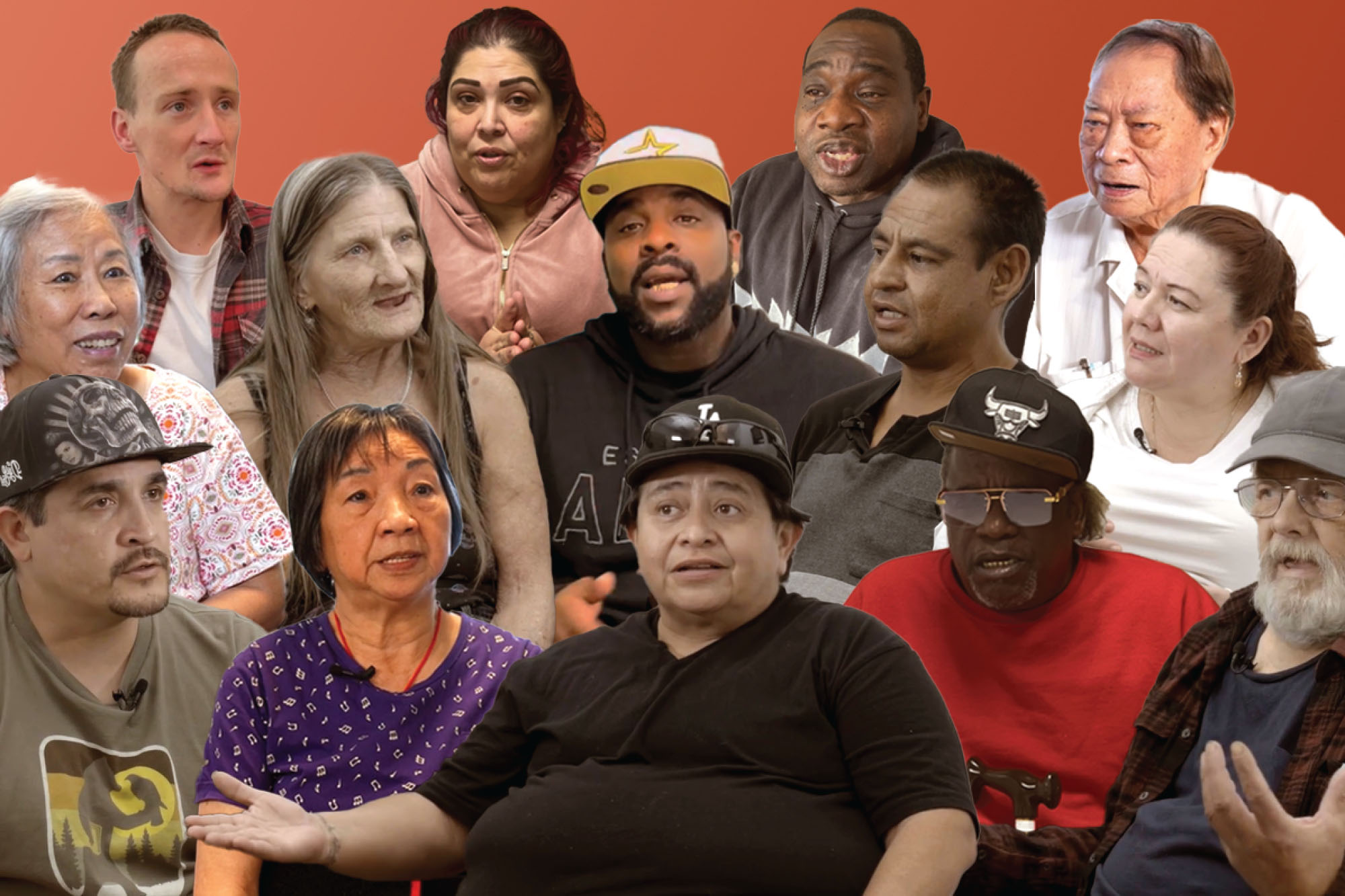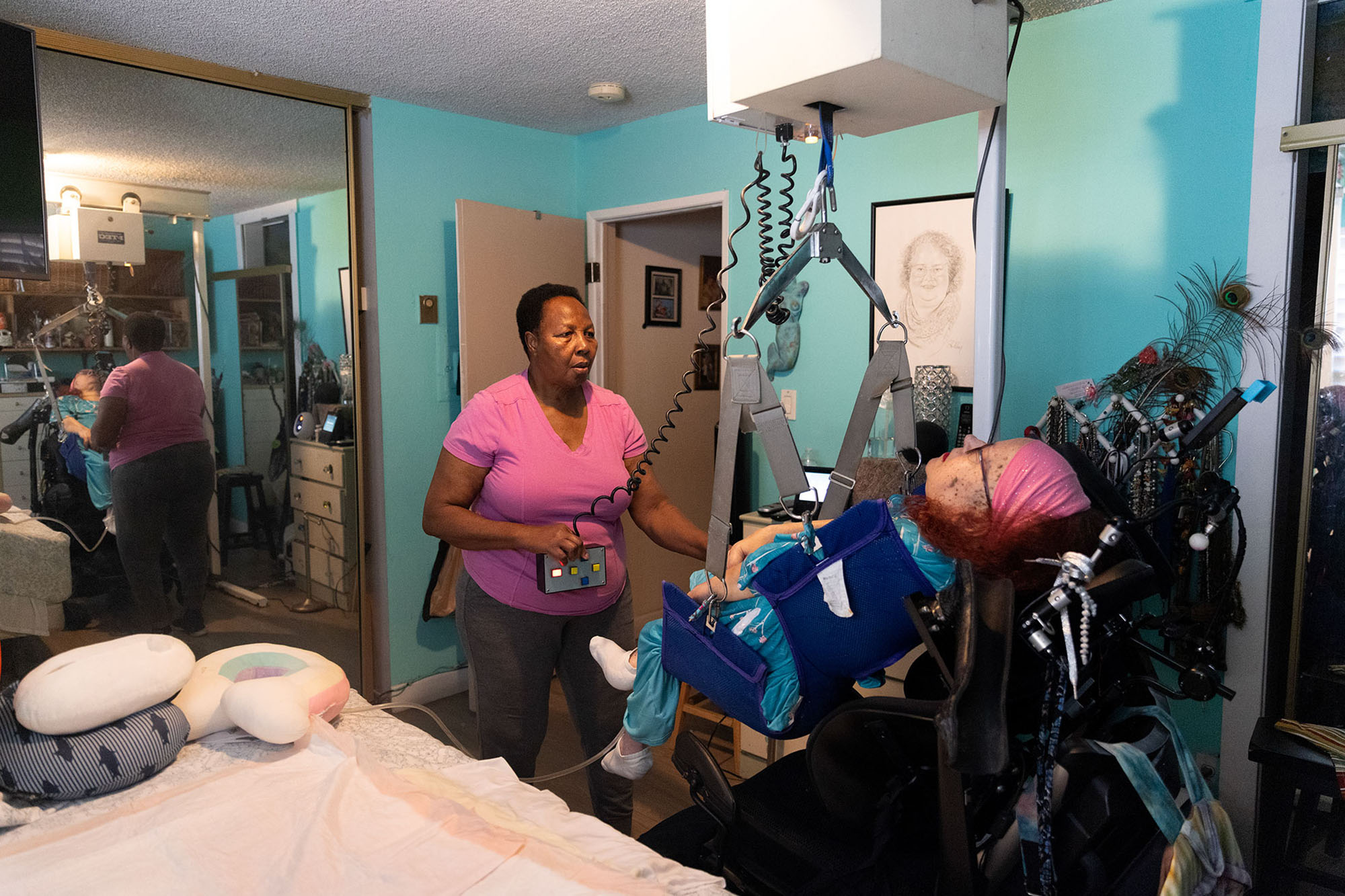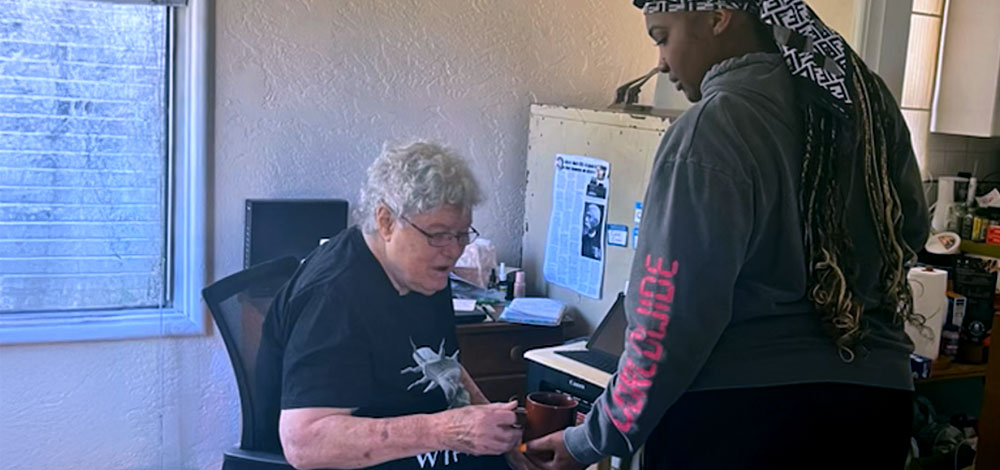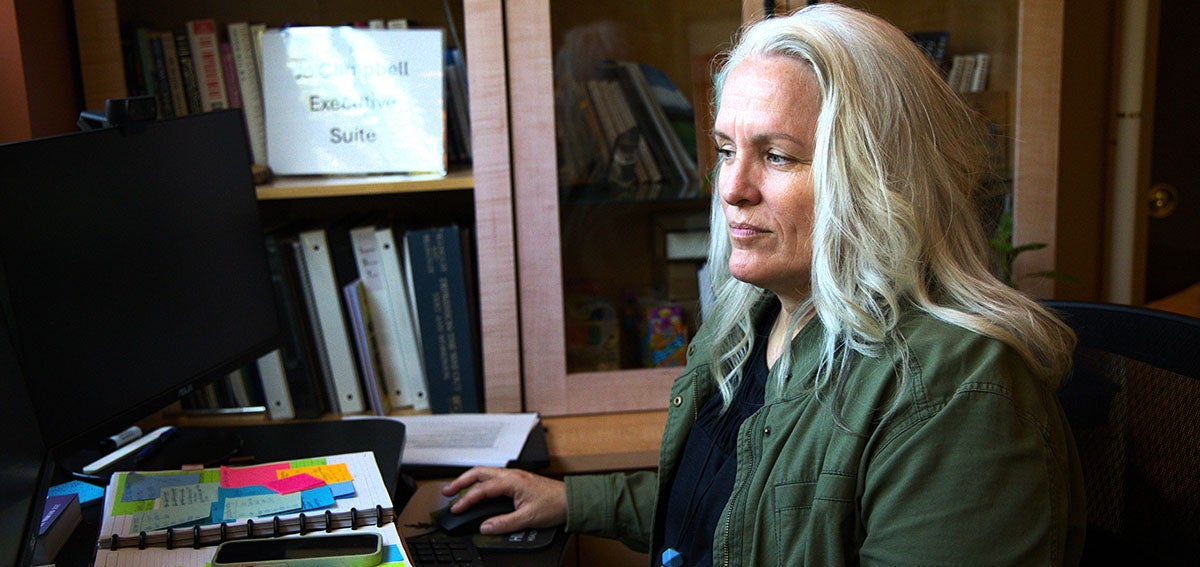View the Report
Jump to All Downloads & LinksKey takeaways
The three Community Supports are:
- Housing Transition Navigation Services: assistance with finding and securing housing
- Housing Deposits: assistance with first and last months’ rent payments and items to set up a basic household
- Housing Tenancy and Sustaining Services: support in maintaining stable tenancy after moving in
Medi-Cal managed care plans can now provide services to help unhoused members apply for, secure, and sustain housing. This “housing trio” is part of the 14 Community Supports added as part of the state’s CalAIM initiative, a multi-year effort to reform the way Medi-Cal services are delivered. These 14 services, which range from providing medically tailored meals to assisting with nursing facility transitions, are aimed at addressing members’ unmet social needs and helping people avoid costlier levels of care.
Additional resources
CalAIM Housing Supports
Department of Health Care Services
California Health Care Foundation
The three services are:
- Housing Transition Navigation Services: assistance with finding and securing housing
- Housing Deposits: assistance with first and last months’ rent payments and items to set up a basic household
- Housing Tenancy and Sustaining Services: support in maintaining stable tenancy after moving in
The housing trio is an evidence-based bundle proven to help people experiencing homelessness get and keep housing. All three of the services are now offered in every county across the state, making them among the most widely adopted Community Supports. More than 75,000 people used a housing support between July 2023 and June 2024. The housing trio services are also effective in helping providers offer more comprehensive care to more people. In a 2024 survey of CalAIM implementers, 84% of specialist homeless services providers contracted with managed care plans report that they are more able to manage the comprehensive needs of the people they serve under CalAIM. In addition, 78% report that they have been able to grow the number of people they serve.
Housing Trio in Action. Josh is a 55-year-old Medi-Cal enrollee who lived in an encampment visited regularly by a street medicine team. Josh was seen for diabetes management, and during one visit, the street medicine provider found that Josh had a high fever and a severe infection in his foot. He was brought to the hospital and unfortunately required amputation. Josh was discharged to a skilled nursing facility for physical therapy and wound care. While there, his enhanced care manager from the street medicine team connected him to a homeless services provider, and his managed care plan approved him for housing transition navigation services. His care manager helped get him “document ready,” tracking down the identification Josh needed to apply for affordable housing.
It took several months to get Josh’s paperwork together, including getting him enrolled in Supplemental Security Income (SSI) benefits, and an additional eight months for a housing placement to become available. At that point, the homeless services provider secured authorization from his managed care plan for housing deposits, which helped Josh pay the deposit for his apartment and modify the apartment to include grab bars. Once housed, Josh also received tenancy and sustaining services from the same provider to help him maintain his housing. Since Josh had lived outdoors for many years and wasn’t accustomed to paying rent, he initially fell behind on payments, but his tenancy and sustaining services case manager helped advocate to the landlord to prevent Josh’s eviction and arranged for Josh’s rent to be deducted from his SSI check automatically. The case manager also worked with Josh when it came time to recertify for his financial benefits.





